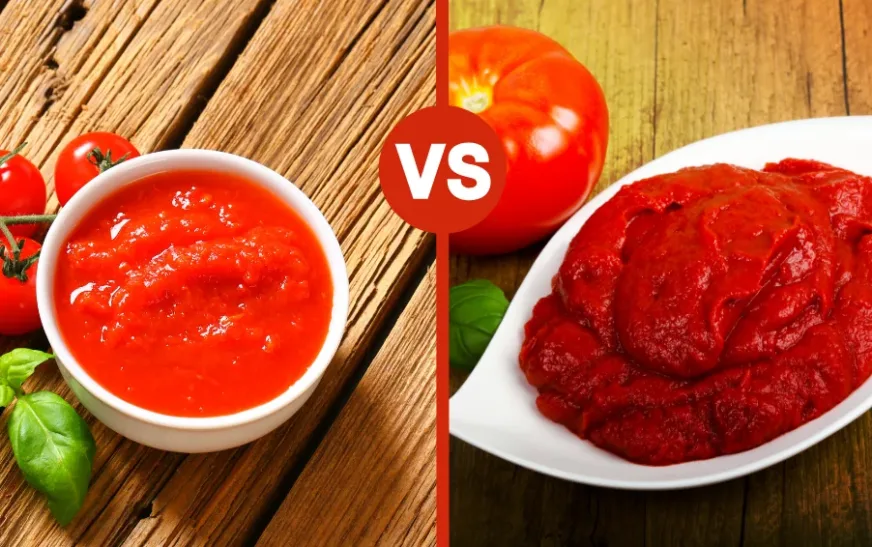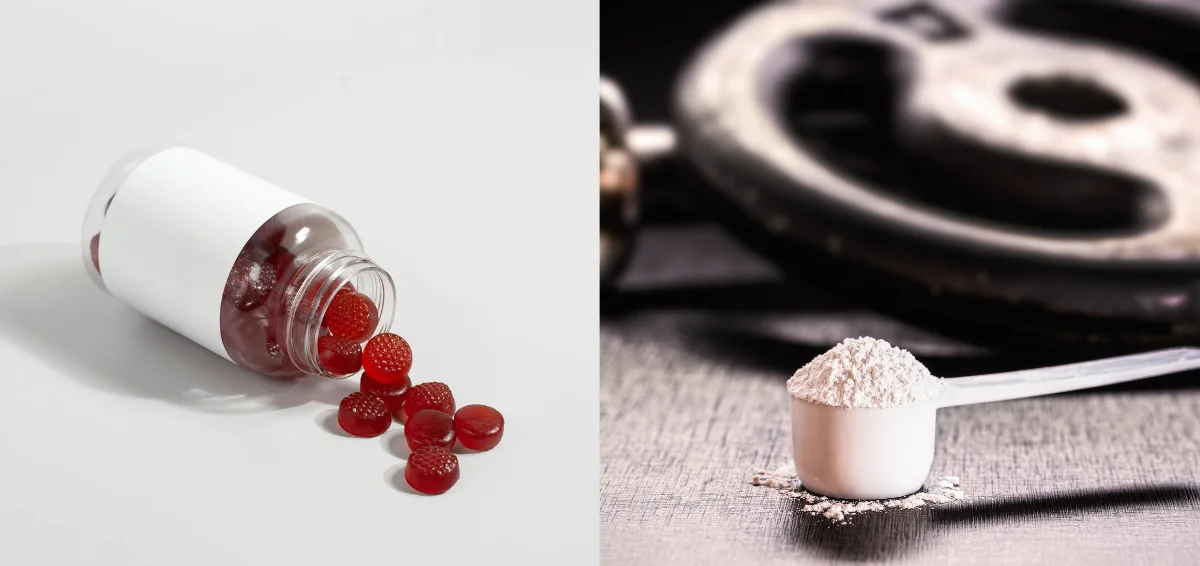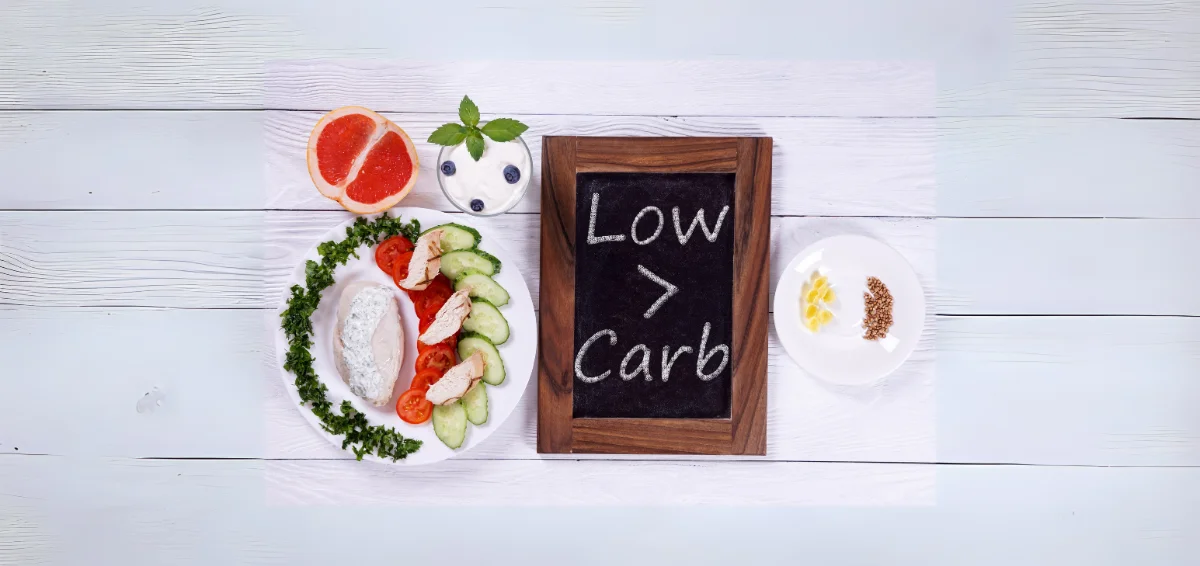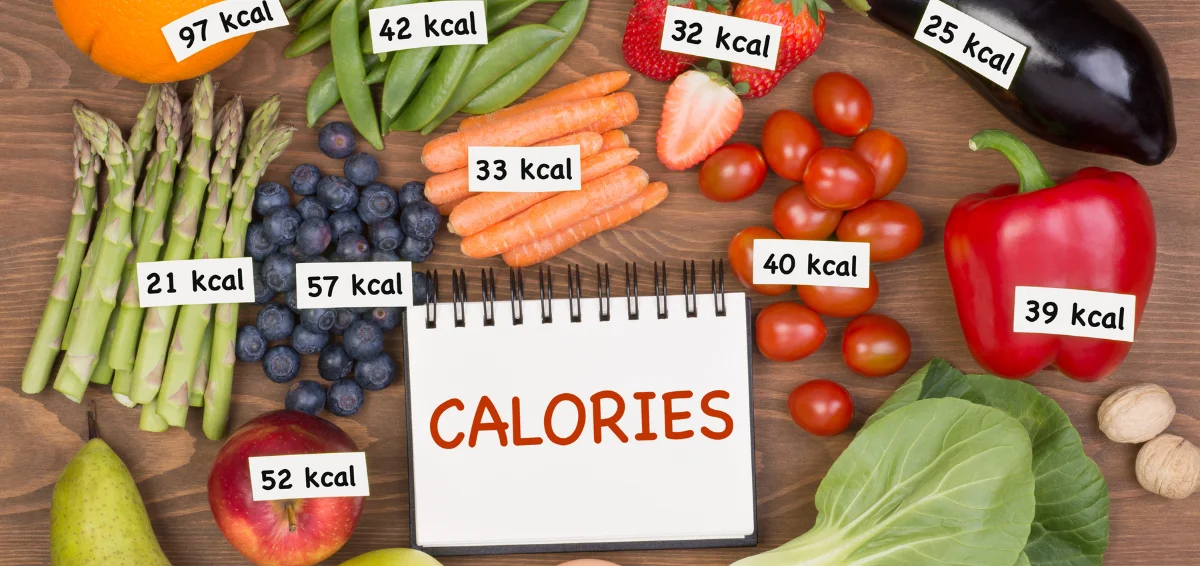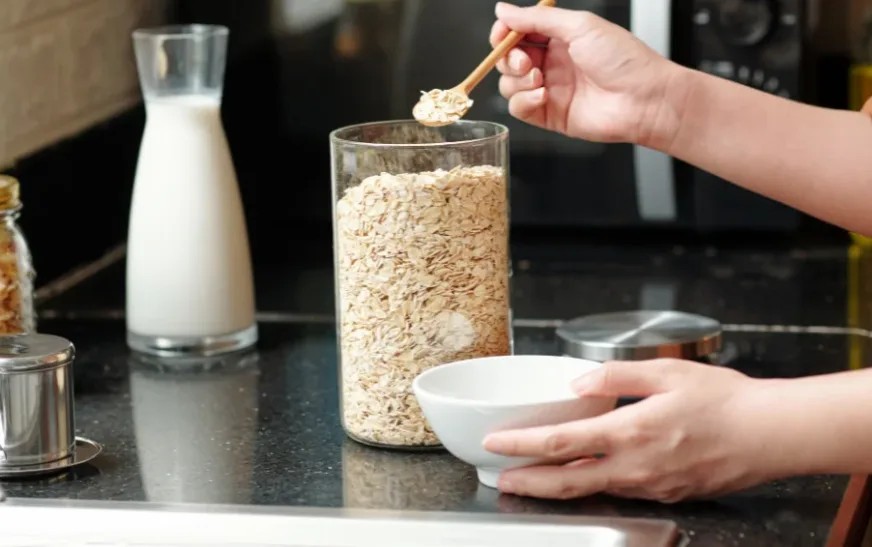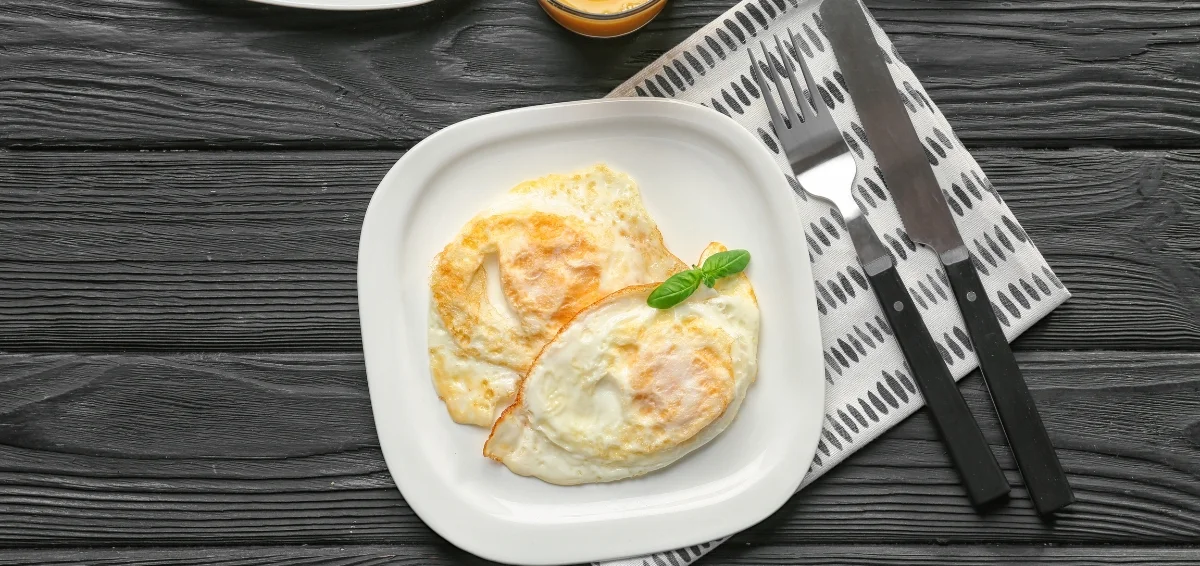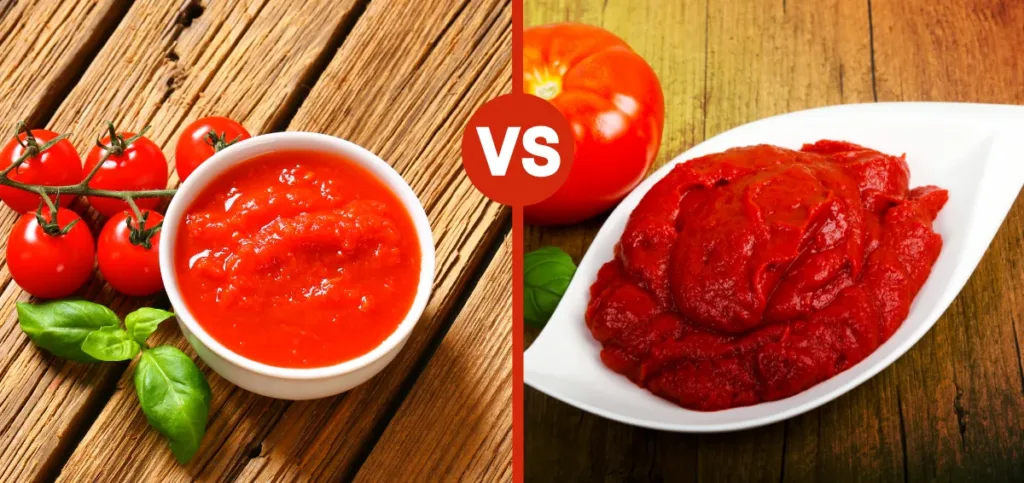
Most households use tomatoes regularly, and many dishes require their concentrated forms like puree and paste. But people often confuse the two. Initially, they might appear to be similar, but they have very different functions in cooking. If you’ve ever stood in the grocery aisle wondering which one to pick, you’re not alone. The terms can be confusing, especially when some recipes use them interchangeably. However, understanding the difference can seriously improve the flavor and texture of your meals. In this blog, you will go through tomato puree vs paste in detail, which will clear up the confusion for good.
What are Tomato Puree and Tomato Paste?
Tomato Puree
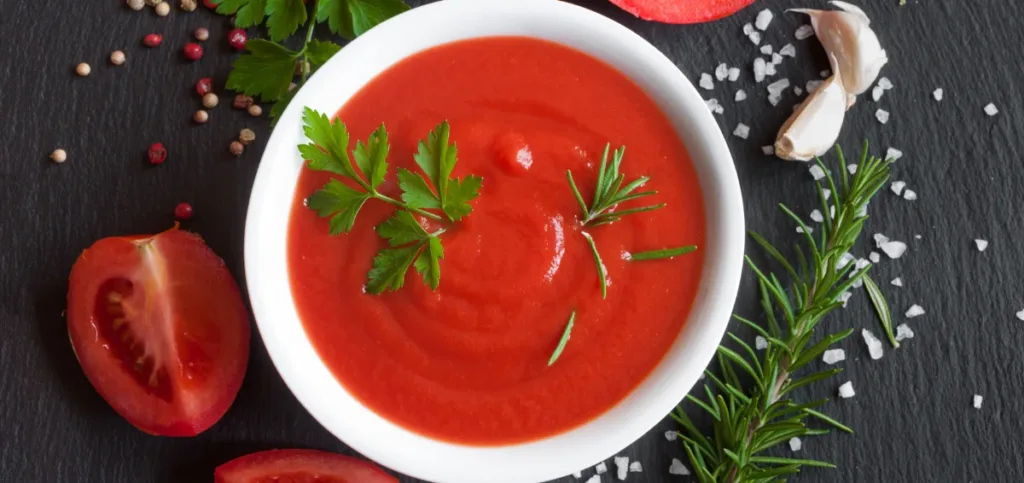
Tomato puree is made by lightly cooking tomatoes and then blending or straining them into a thick liquid. It is smoother than crushed tomatoes but not as thick as paste. It usually has a rich tomato flavor but still retains a good amount of water content, which makes it a middle-ground ingredient.
Tomato puree is ideal for recipes that require body and tomato flavor without overpowering thickness. It is used in soups, sauces, and stews where consistency and a hint of moisture are needed.
Tomato Paste
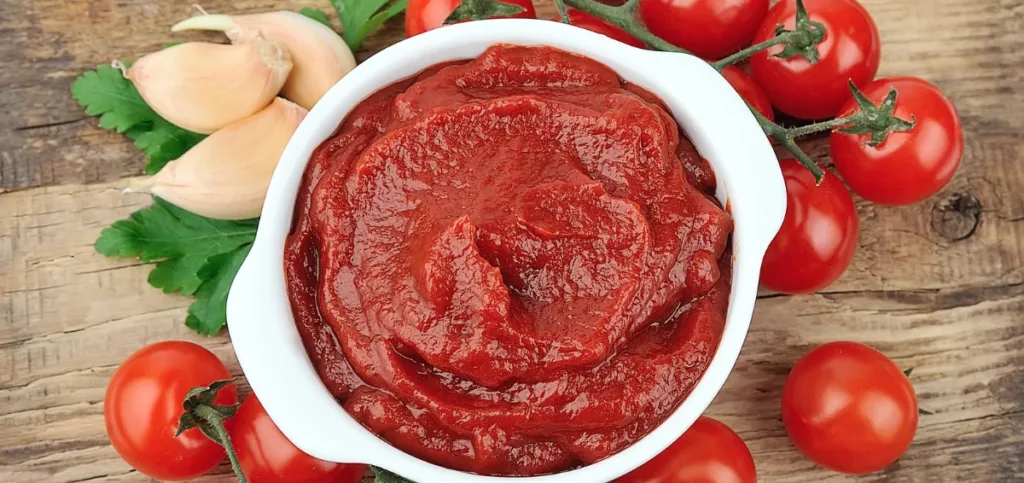
It is far more concentrated. Cooks make the paste by cooking tomatoes for a long time until most of the water evaporates. They strain the mixture to remove seeds and skins, then cook it again. This results in a very thick, intensely flavored tomato product.
Tomato paste adds bold and rich flavor to dishes without adding extra liquid. It is ideal for giving depth to sauces, gravies, and braises. It has a strong taste. So, you need just a small spoonful to enhance an entire dish.
How Are They Made?
The main difference in how these products are made lies in how long the tomatoes are cooked and how much they are reduced.
- Tomato Puree: Here, people cook the tomatoes for some time. After this, they blend and strain them. So, the resulting puree retains some water and is smoother than whole or crushed tomatoes.
- Tomato Paste: They cook the tomatoes for hours, boil off the water, strain the pulp, and then cook it again until it reduces to a thick, concentrated paste.
This variation in processing affects everything, like flavor, thickness, and how they interact with other ingredients in recipes.
Read Also: Greek vs Regular Yogurt
Key Differences Between Tomato Puree and Paste
1. Thickness
Tomato paste is extremely thick. It almost feels like a soft solid because it has been reduced and concentrated. It holds its shape on a spoon and needs to be scooped, not poured. On the other hand, tomato puree is much thinner. It’s a pourable liquid that adds body but still maintains a smooth flow. This difference in texture heavily affects how each ingredient performs in several recipes, especially when it comes to consistency.
2. Flavor
Tomato paste has a rich and concentrated tomato flavor. It is bold and slightly sweet. It has caramelized undertones from long cooking. On the other hand, tomato puree has a milder and fresher taste, which is closer to natural tomatoes. It does not dominate dishes but enhances them gently. This flavor intensity makes paste perfect for small-quantity flavor boosting, while puree works well as a base ingredient in sauces, soups, and stews that need subtle tomato notes.
3. Usage
Tomato paste is commonly used to start recipes, especially when building flavor foundations for stews, sauces, and braises. It is perfect for dishes that benefit from intense tomato taste without added liquid. Tomato puree is more versatile and is used when both tomato flavor and moisture are needed. It is a solid option for simmering sauces, pasta dishes, and soups. In the end, the choice between them depends on whether you need depth or body in your cooking.
4. Water Content
Tomato puree contains a higher percentage of water. It makes it more fluid and pourable. It adds moisture to dishes. and works best in recipes that require simmering or reduction. Tomato paste has very little water content due to extended cooking and evaporation. Its density allows it to deliver strong tomato flavor without altering the moisture balance of a dish.
5. Color and Appearance
Tomato paste has a deep, dark red color, which is the result of long cooking and concentration. Visually, it signals a stronger flavor. On the other hand, tomato puree is lighter in color and less dense. It reflects the freshness of its less-cooked state. These visual cues can help the chefs identify each of them easily. Also, they can understand the influence both will have on the final appearance of the dishes they are preparing, especially in sauces and gravies.
How to Use Each One
Knowing when to use puree or paste can improve the level of your cooking.
Best Uses for Tomato Puree
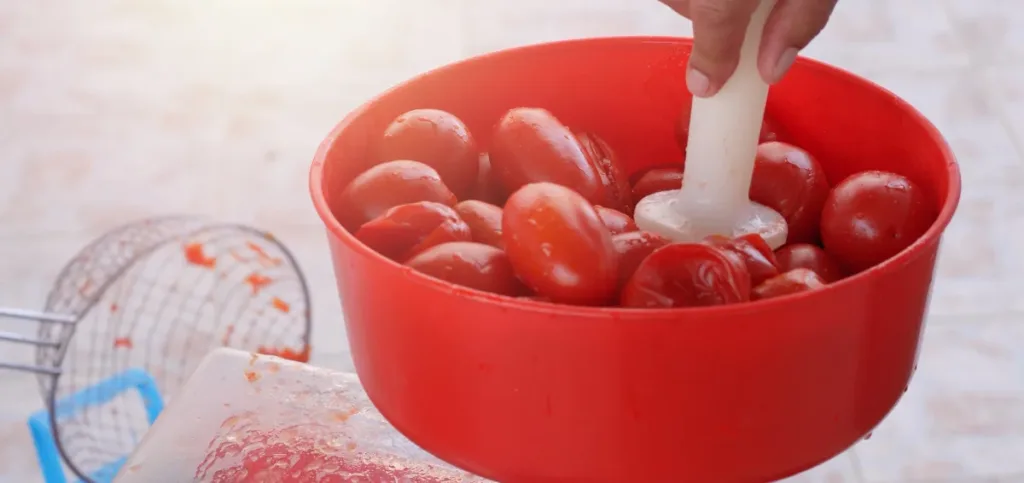
- Pasta sauces that need a medium-thick consistency
- Tomato soups and bisques
- Casseroles with tomato-based sauces
- Braised dishes that need moisture
- Indian curries for body and color
Keep in mind that the puree is not highly concentrated. So, you may need to simmer it longer to thicken or pair it with tomato paste for added flavor.
Best Uses for Tomato Paste
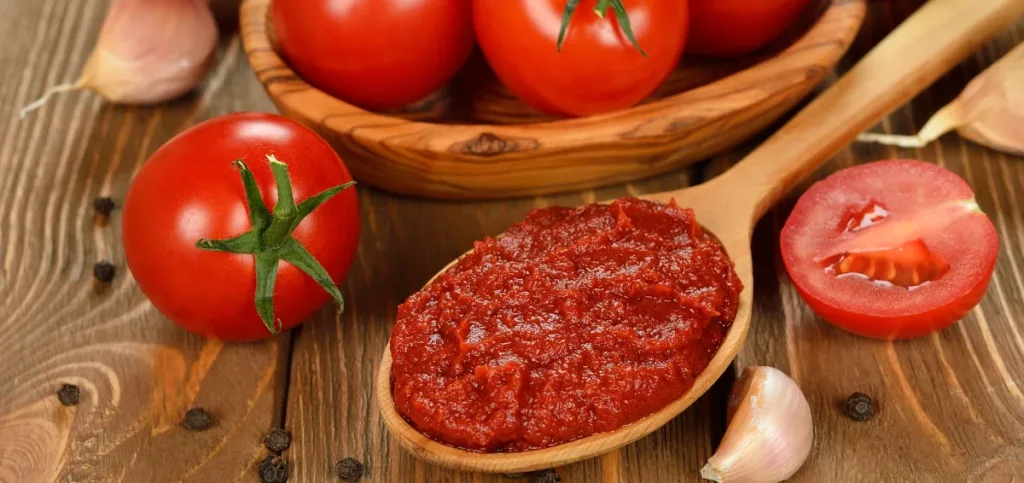
- Pizza sauce bases
- Bolognese or ragu sauce
- Chilis and stews
- BBQ sauces and ketchup
- To add umami to soups and gravies
Tomato paste is ideal if you would like to create a base of flavor. It’s often sautéed with garlic or onions at the start of a recipe to caramelize and deepen the flavor.
Read Also: 7 Day Meal Plan for Kidney Disease
Can You Substitute One for the Other?
Yes, but with caution. Both puree and paste have different consistencies and strengths. So, you have to remember that swapping them directly will not work. You have to make the necessary adjustments.
- Using paste in place of puree: Combine 1 part paste with 1.5 parts water to match the consistency and taste of puree.
- Using Puree in place of Paste: Heat the puree to thicken it, reducing water content, or add more to equal the strength of the paste.
It’s not perfect, but with a bit of adjusting, you can swap them when needed. Remember that the outcome will be ever so slightly different in terms of richness or moisture.
Shelf Life and Storage
Another difference in tomato puree vs paste is how long they last.
- Tomato Puree: Once opened, it should be used within 5-7 days. On top of this, you should keep it in the fridge in an airtight container.
- Tomato Paste: Due to its low water content, paste lasts longer, up to 2-3 weeks in the fridge. You can even freeze it in tablespoon portions in an ice cube tray.
Unopened cans or jars of both can last for over a year in the pantry. Always check labels and expiry dates.
Price and Availability
Both products are easy to find in most grocery stores, often sitting side by side. Price differences are usually minimal.
Tomato puree is sold in larger cans or cartons. On the other hand, tomato paste comes in small cans or convenient tubes.
Which One Should You Use?
Opt for tomato puree if:
- You are going to make a dish that needs volume and moisture.
- You want a mellow tomato base.
Opt for tomato paste if:
- You want intense flavor in a small amount.
- You’re cooking something hearty or slow-cooked.
You may even use both together! Several recipes start with tomato paste for depth and finish with puree for texture.
The Bottom Line
It is critical to understand the difference between tomato puree vs paste as it can change the way you cook. They come from the same base ingredient. However, serve very different roles in your kitchen. Tomato puree is mild, thin, and perfect for dishes that need moisture and softness. On the other hand, tomato paste is bold, thick, and ideal for intensifying flavors with a small amount.
Both are incredibly useful, and knowing when to use each can make your meals richer, tastier, and more balanced. Whether you’re cooking a comforting pasta, a spicy curry, or a savory stew, choosing the right tomato product makes all the difference.

